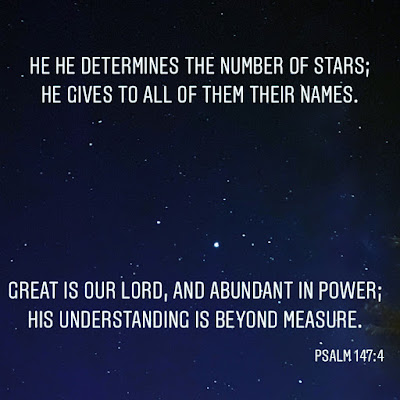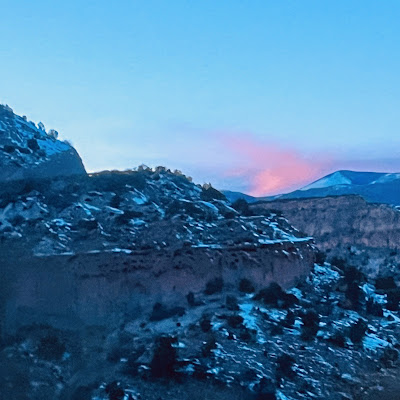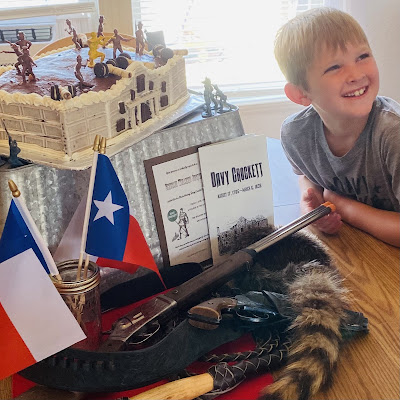Seizing Seasonal Moments: Astronomy
This week has been special for us; not only has my oldest son, Danger, turned eight (what?!) but it was also a special week in astronomy! Since Danger wants to be an astronaut when he grows up...it was like a special, God-given gift--not to mention a perfect lesson opportunity!
The cool thing about learning astronomy is, you can't do the actual practice in the classroom (though there is a lot of useful classroom prep that you CAN do; see more below!) The only time to look at the stars is...at night, which makes it a perfect family activity. We like to bring out our camp blankets, the little telescope my son got for Christmas, and some hot cocoa. I also have a few flashlights with red filters and a string of red Christmas lights to hang up (so our night vision doesn't get ruined by white lights).
For a quick overview of what was going on in space: first, think of the sun in the middle, like on those solar system models you always see. Now, about 100 million miles away, there's Earth. Now, continue on that line, and go another 39 million miles, and you have Mars RIGHT NOW! This week we are lined up very neatly together in what is called opposition, where the sun is shining directly on Mars which is right in line with Earth, and we are as close to Mars as we can get. Mars can be as far as 239 million miles away from us at times, but it is now at it's closest--and it won't be this close again until 2035! The peak of this opposition was October 13, but it will still be gorgeous and close for a week or so! (For NASA's article on opposition and Mars, click here).
There are a lot of cool facts, videos, and resources on the NASA website for Mars, and it's worth investing in a little night sky constellation book (Amazon has about a million options), and we've LOVED the Skyview Lite App, because it figures out where you are and overlays a helpful planet and constellation guide, and you can tap on any star to find out what it is and learn about it!
Side note about equipment: we have tried a little Smithsonian telescope, a bigger telescope (borrowed from my parents) and binoculars, and while I've enjoyed all three, the binoculars (or nothing!) are probably the most practical and helpful with little kids, then the small telescope (which they can operate) when they're elementary aged; the big telescope is cool (you can see moons and rings and other details!) but I have finally decided we only use that when my dad can come set it up and find the stuff for us; otherwise the whole thing is too stressful for me, what with excited kids and trying to explain what we're seeing and operating the telescope...so feel free to enlist help, if you need it!
The original version of this article appeared on the Homeschool Corner of cbcwm.blogspot.com.







Comments
Post a Comment